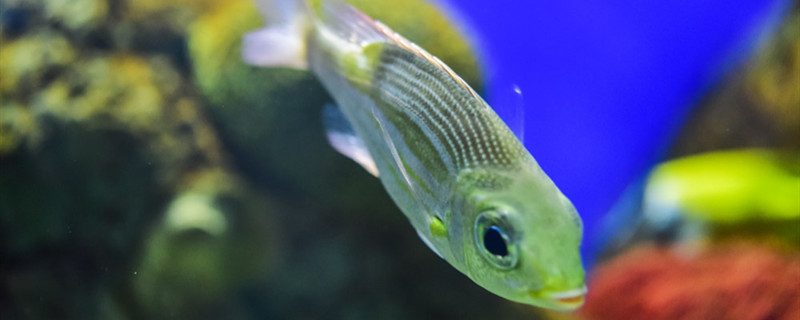
Fish have a tongue. You can see the tongue as long as you open its mouth. The surface of the tongue is flat and white, while the back is serrated. Located at the bottom of the mouth, the tongue is usually not elastic and muscular, so it can not move, and the surface is covered with connective tissue and mucosa. For it, the tongue can not only sense taste, but also help swallow food.
1. Spindle shape: Spindle shape is the shape of most fish, which is very helpful for swimming, so it lives in the middle and upper water, and can migrate long distances. Usually see carp, crucian carp and so on are this kind of body shape, Chondrichthyes in the shark is spindle-shaped.
2. Lateral flat type: The lateral flat type fish is wide and long when viewed from the side, but when viewed from the top, you will find that its left-right axis is particularly short. The swimming ability of the fish here is second to the spindle shape, and it generally lives in the middle and lower layers of the water body. Usually eat pomfret and ornamental fish in the swallow fish are this shape.
3. Club-shaped fish: Club-shaped fish are like snakes. Their bodies are relatively long, but they are about the same height and width. Eels and eels are all of this shape. They usually live on the bottom of the water. Their swimming ability is stronger than that of the lateral-flat type and the flat-flat type, but most of them live in caves.
4. Flat type: It is somewhat similar to the lateral flat type. The flat type fish is also very thin, but it is thin up and down. Manta rays, rays and other fish are of this shape. They move slowly and mostly live on the bottom of the sea.